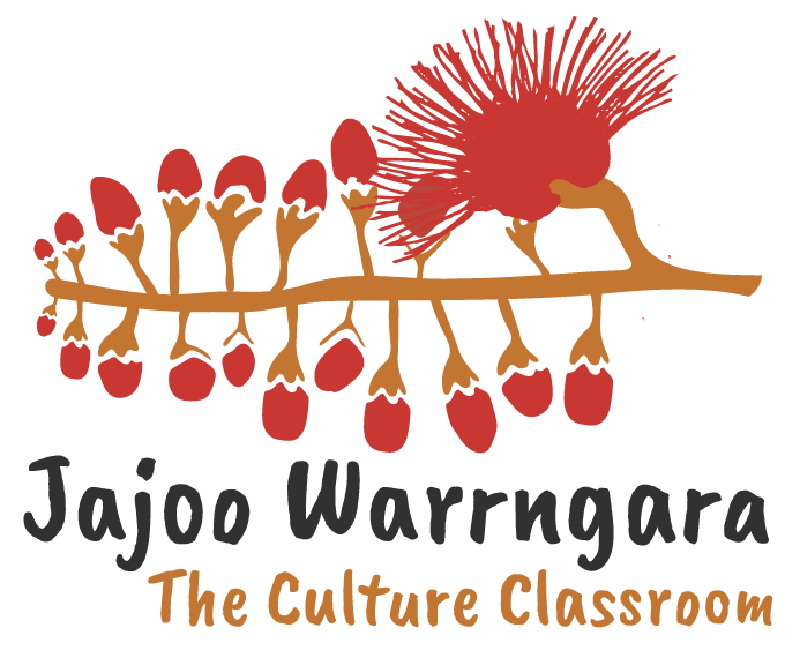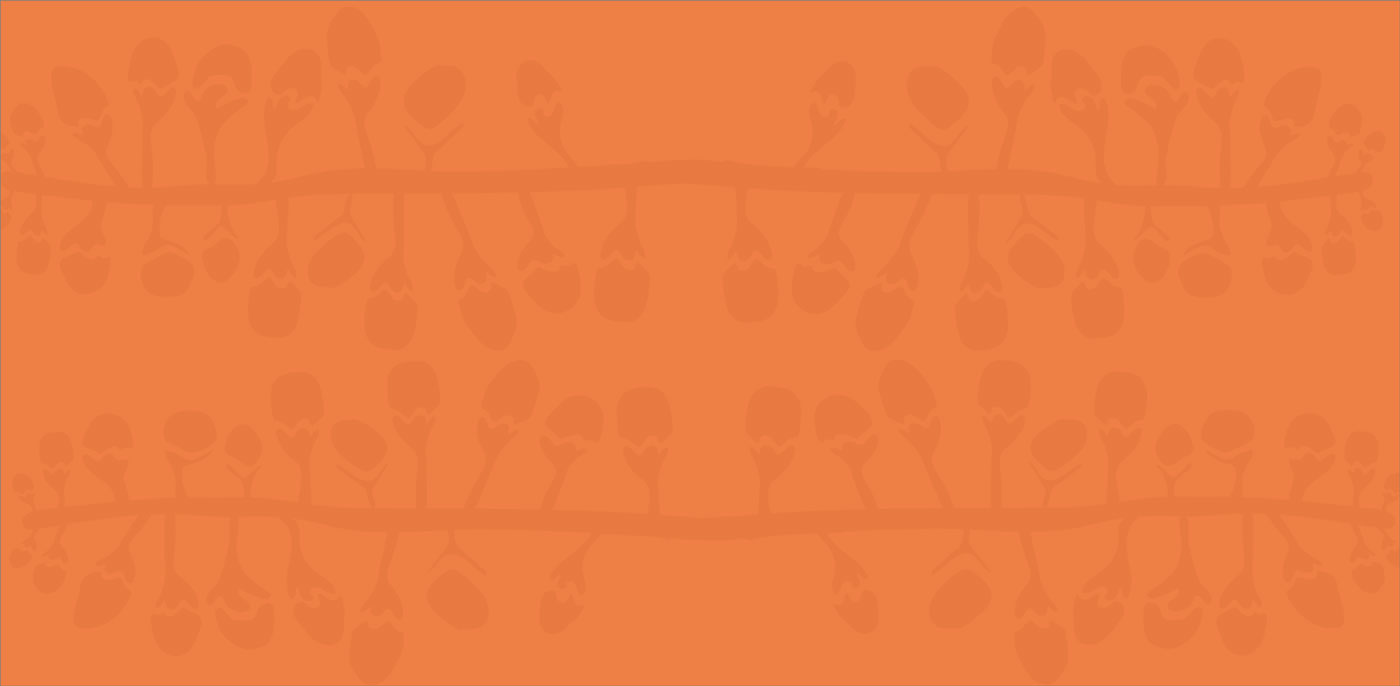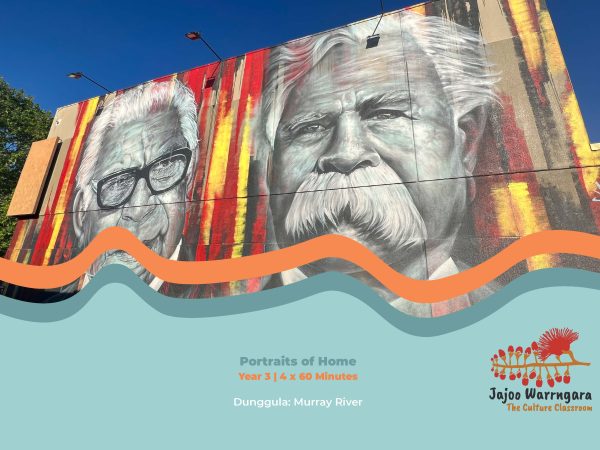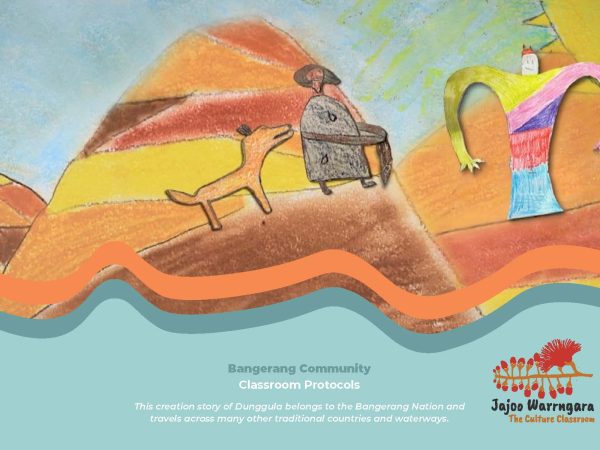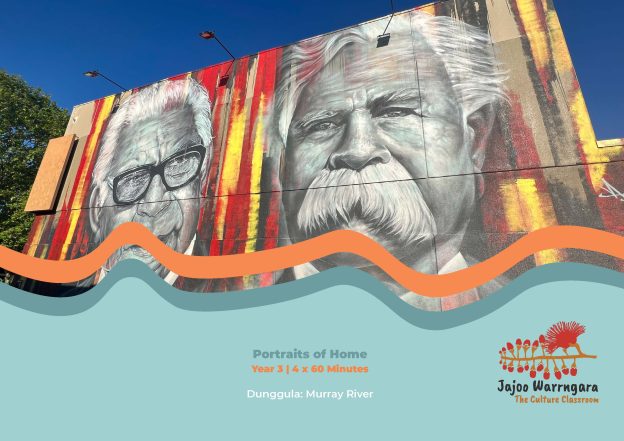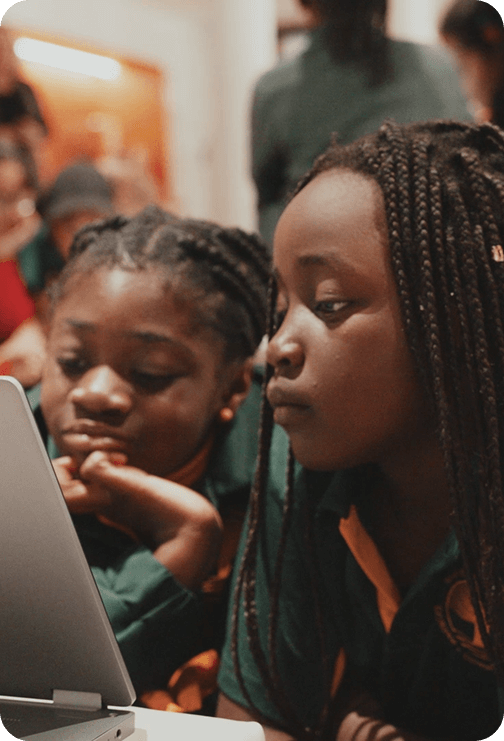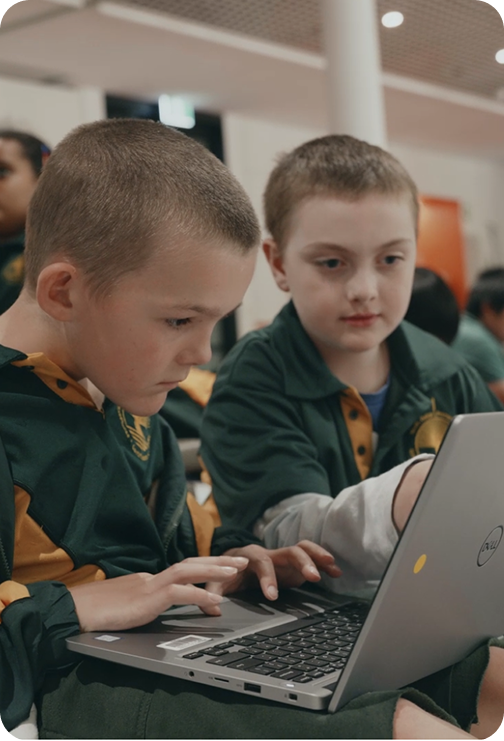AC9E3LA01 Understand that cooperation with others depends on shared understanding of social conventions, including turn-taking language, which vary according to the degree of formality
AC9E3LA09 Identify how images extend the meaning of a text
AC9E3LY02 Use interaction skills to contribute to conversations and discussions to share information and ideas
AC9E3LY05 Use comprehension strategies when listening and viewing to build literal and inferred meaning, and begin to evaluate texts by drawing on a growing knowledge of context, text structures and language features
AC9E3LY06 Plan, create, edit and publish imaginative, informative and persuasive written and multimodal texts, using visual features, appropriate form and layout, with ideas grouped in simple paragraphs, mostly correct tense, topic-specific vocabulary and correct spelling of most high-frequency and phonetically regular words
AC9E3LY07 Plan, create, rehearse and deliver short oral and/or multimodal presentations to inform, express opinions or tell stories, using a clear structure, details to elaborate ideas, topic-specific and precise vocabulary, visual features, and appropriate tone, pace, pitch and volume
AC9E3LY12 Recognise and know how to write most high frequency words including some homophones
